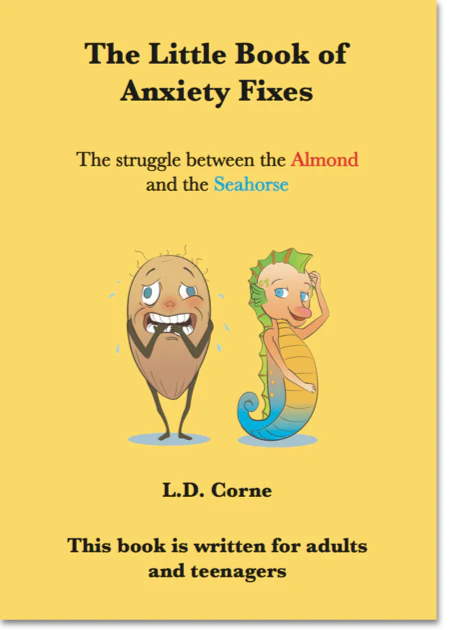Anxiety
Many people today suffer from anxiety disorders. The most common are panic disorder, agoraphobia, social phobia, obsessive-compulsive disorder, post traumatic stress disorder, specific phobia and generalized anxiety disorder.
A Little Book of Fixes
Are you someone who leads a busy life and can’t find the time to read long self-help books or attend therapy? I wrote The Little Book of Anxiety Fixes for you!
The Little Book of Anxiety Fixes
$15.00 AUD
‘The Little Book of Anxiety Fixes’, written by Lorraine Corne, is the first book in Australia that gives readers techniques to combat anxiety, worry and stress in less than 15 minutes.
Lorraine Corne has drawn on her 25 years in professional practice to write ‘The Little Book of Anxiety Fixes’ – an easily accessible and effective resource for busy people who suffer from anxiety and want to start changing the way they address difficult situations.
Kindle Edition available on Amazon.com
Panic Disorder
Involves a feeling of intense fear accompanied by symptoms such as palpitations, sweating, shaking or trembling, shortness of breath, chest pain or discomfort, fear of dying, nausea and other physiological changes. Read more about Panic Disorder.Agoraphobia
Where a person avoids a wide range of situations due to fear of not being able to escape or get help in the event of a panic attack or a sense of acute anxiety. Common situations which are avoided include crossing bridges, crowded places and driving.Social Phobia
 When a person feels intense embarrassment and humiliation in social or performance situations and, because of the persistent fear, avoids situations which include dating, public speaking, eating in front of others.
When a person feels intense embarrassment and humiliation in social or performance situations and, because of the persistent fear, avoids situations which include dating, public speaking, eating in front of others.